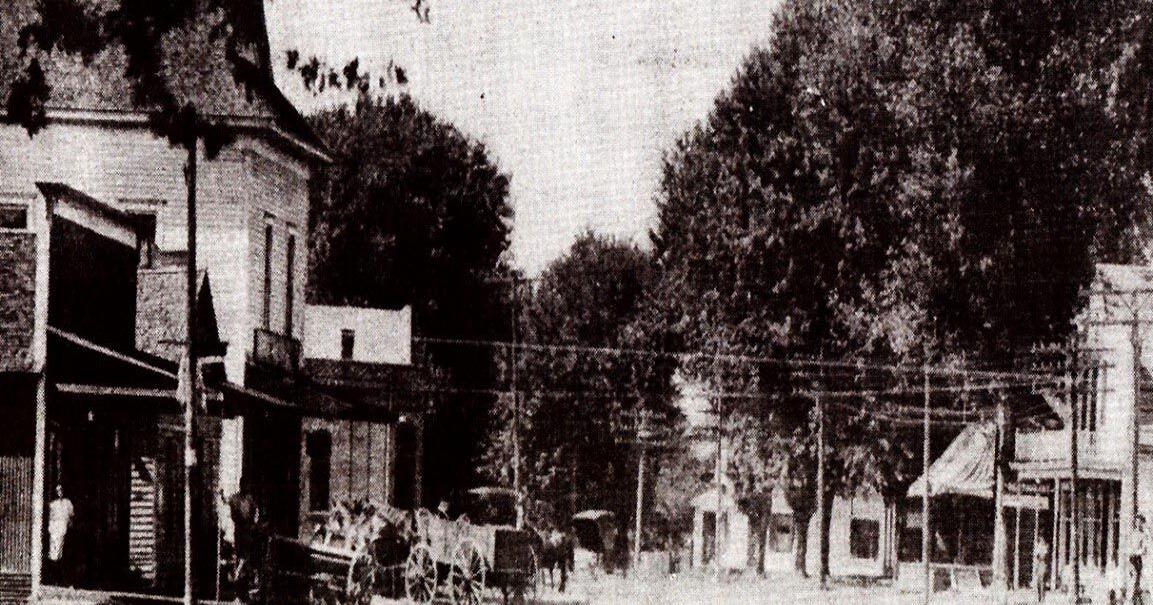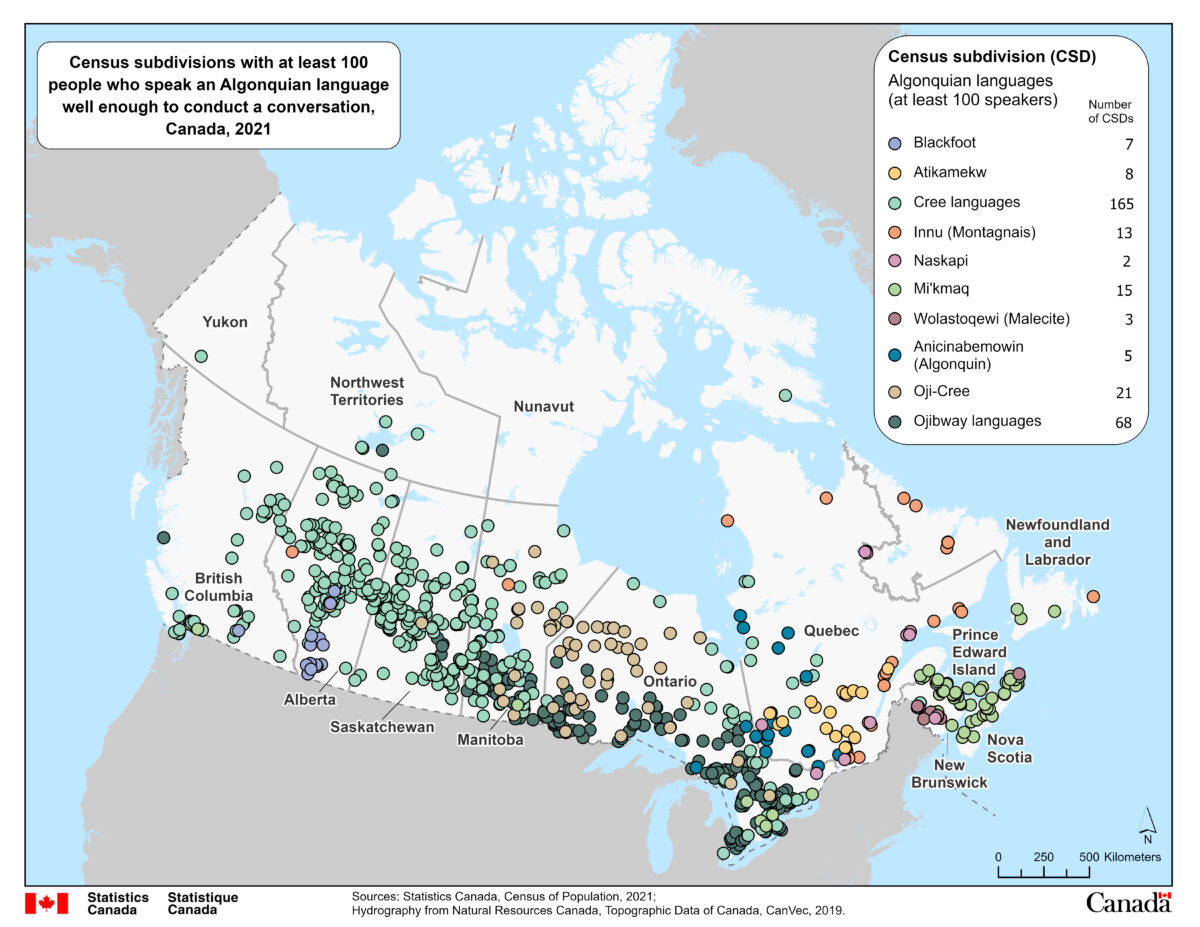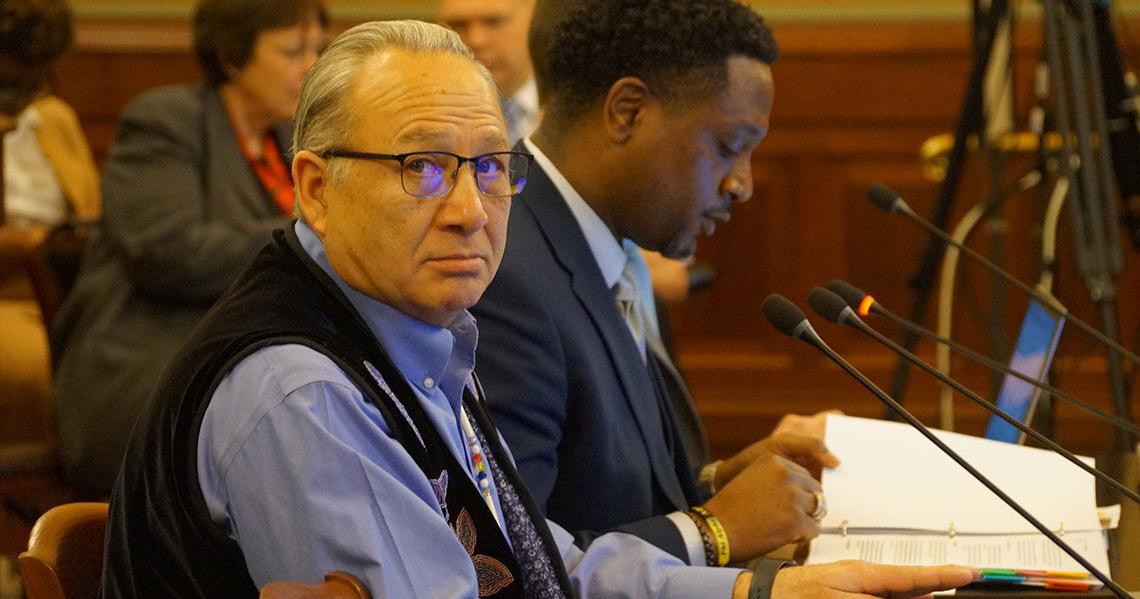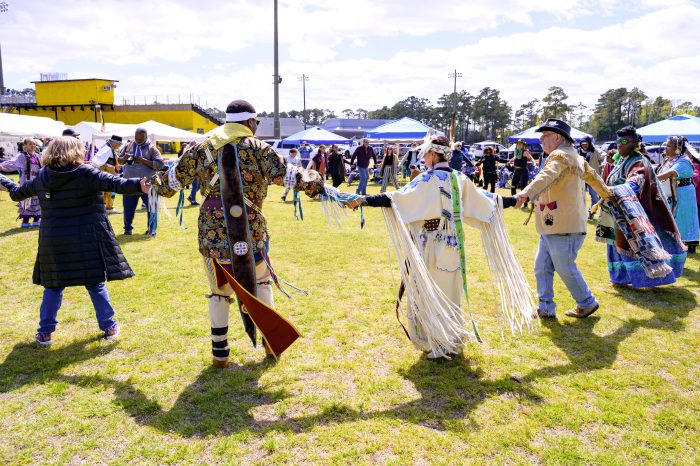 Dancing in the circle at the Roanoke Island Festival and Powwow at Manteo High School last year. Photo by Biff Jennings
Dancing in the circle at the Roanoke Island Festival and Powwow at Manteo High School last year. Photo by Biff Jennings
By Joan L. Collins – Director, Outreach and Education Pea Island Preservation Society, Inc.
On April 26-27, from 11:00 a.m. until 4 p.m. each day, the 14th Roanoke Island American Indian Festival will be held at the Manteo High School Practice Field. The school is located at 829 Wingina Ave, just a few minutes’ drive from downtown Manteo The Festival and Powwow, which is sponsored by the Algonquian Indians of North Carolina, Inc., and the Roanoke – Hatteras Indians of Dare County, includes tribal members with deep roots to Roanoke Island and the surrounding area.
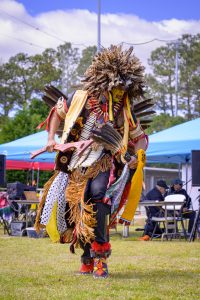 Single dancer at the Roanoke Island Festival and Powwow
Single dancer at the Roanoke Island Festival and Powwow
at Manteo High School last year. Photo by Biff Jennings
This family friendly event is an exciting opportunity to experience the culture and traditions of Algonquin tribes on the North Carolina coast.
While many are familiar with the story of the early English colonists and the Lost Colony on Roanoke Island, knowledge of tribes who lived in this area before and after the colonists arrived is not well known. The Powwow and Festival provide the opportunity observe and celebrate first hand the culture of Algonquian speaking tribes practiced by tribal members today. It is intended to provide deeper understanding and appreciation of tribal traditions and to bring community members together to share experiences. Powwows are wonderful family events not only to enjoy but to learn.
The event is also an important reminder that many who live in the area, past and present, are those with American Indian ties. The historic U.S. Life-Saving Service and later U.S. Coast Guard station once at Pea Island on the Outer Banks…



